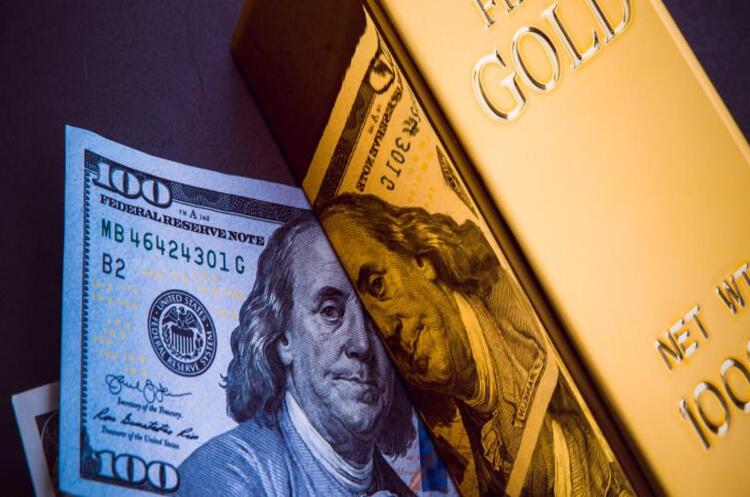In the first quarter of 2023, central banks purchased gold by 176% more than in the same period in 2022 – WGC
The reason for this demand is the instability and constant fluctuations in the currency markets

According to the World Gold Council (WGC), central banks purchased 228 tonnes of gold in the first quarter of 2023, which is 176% more than the same period of the previous year (82.7 tonnes). The WGC reports that the reason for this demand is the instability and constant fluctuations in the currency markets.
Nearly 69% of the total volume of precious metal purchases were made by just three state institutions:
- The Monetary Authority of Singapore (MAS) added 69 tonnes of gold (reserves increased by 45% from January to March – up to 222 tonnes);
- The People's Bank of China (PBoC) added 58 tonnes (the total volume now is 2,068 tonnes);
- The Central Bank of Turkey added 30 tonnes (reserves reached 572 tonnes).
There were few sellers – only 47 tonnes in total, with 96% accounted for by three countries:
- Kazakhstan: -20 tonnes;
- Uzbekistan: -15 tonnes;
- Cambodia: -10 tonnes.
Given the instability and constant fluctuations in the currency markets, as well as the situation with the potential default/rescue from default of the USA, the process of transitioning to a stable source of accumulation, which gold always is, continues.
If you have read this article to the end, we hope that means it was useful for you.
We work to ensure that our journalistic and analytical work is of high quality, and we strive to perform it as competently as possible. This also requires financial independence. Support us for only UAH 196 per month.
Become a Mind subscriber for just USD 5 per month and support the development of independent business journalism!
You can unsubscribe at any time in your LIQPAY account or by sending us an email: [email protected]





